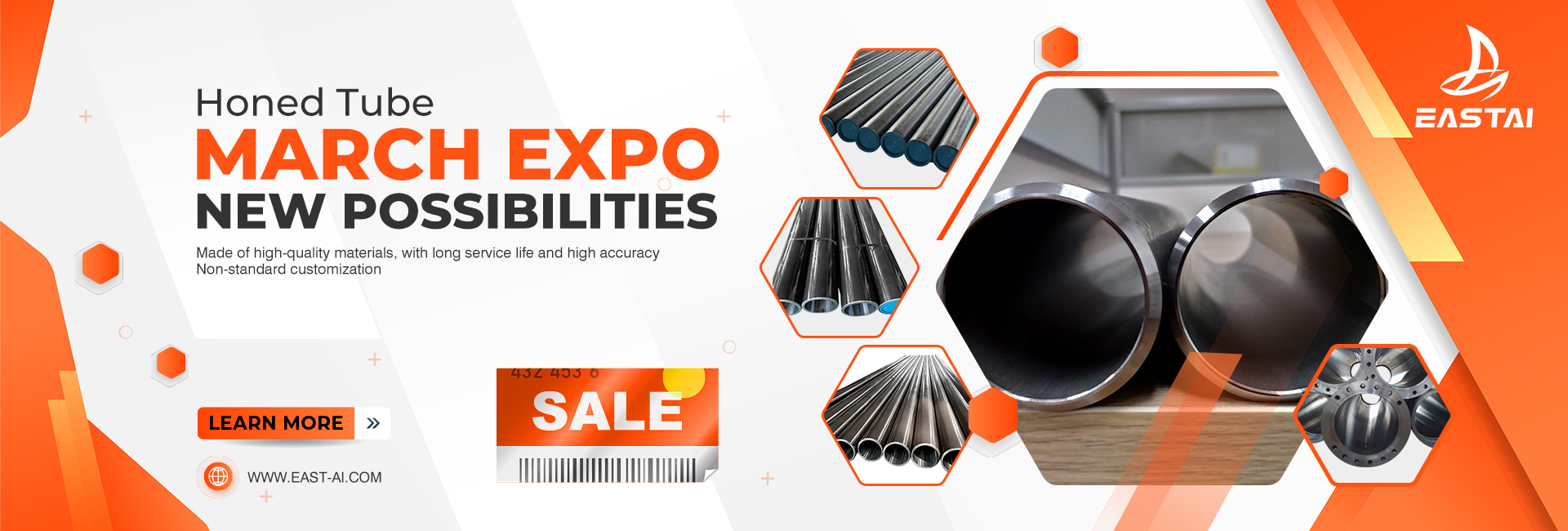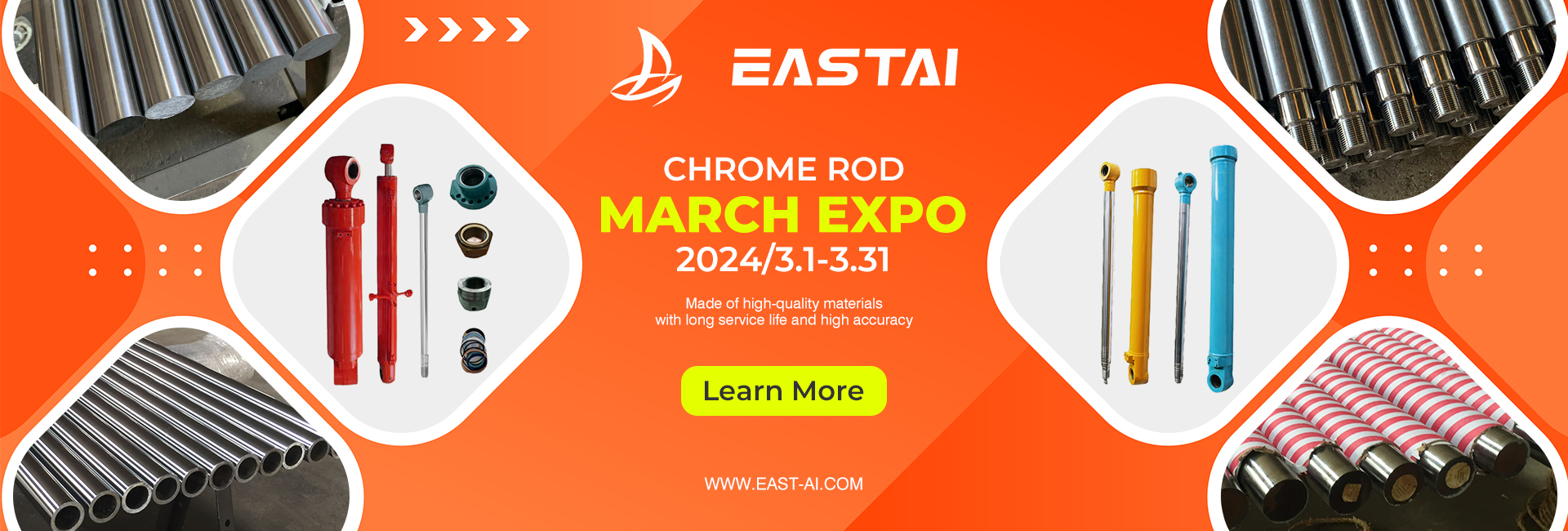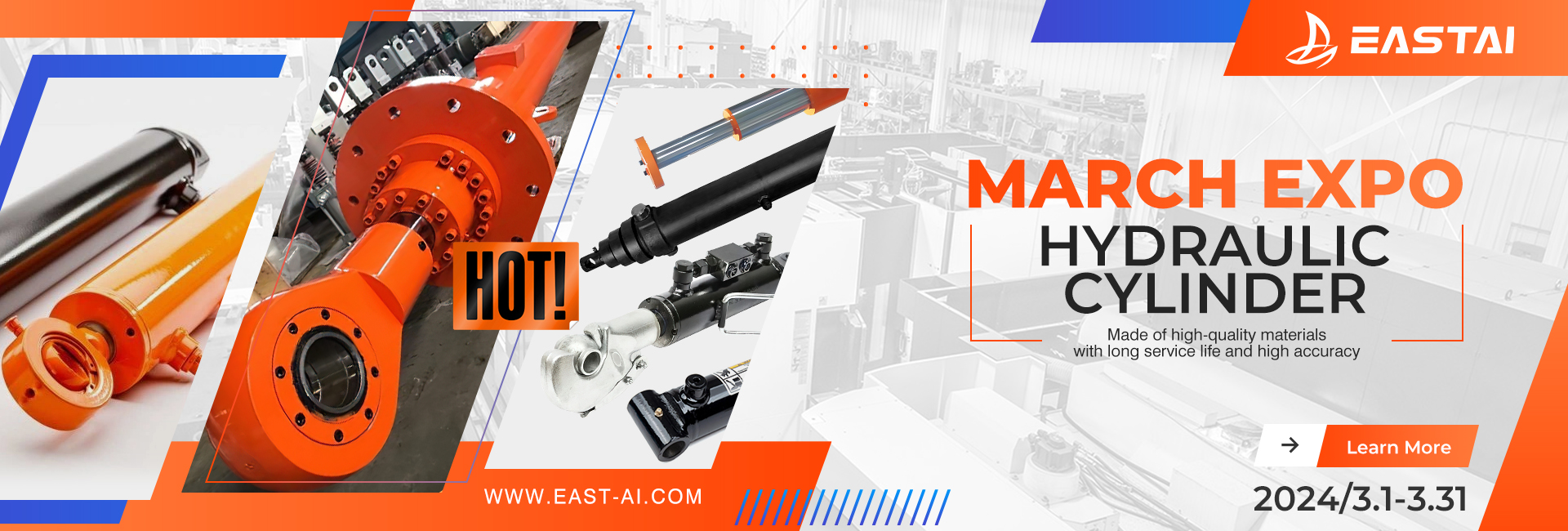1、 Installation and use of hydraulic solenoid valve:
1. Before installation, please refer to the user manual of the product to see if it meets your requirements.
2. The pipeline shall be washed clean before use. If the medium is not clean, a filter shall be installed to prevent impurities from interfering with the normal operation of the hydraulic solenoid valve.
3. The hydraulic solenoid valve is generally one-way and cannot be reversed. The arrow on the valve is the movement direction of the pipeline fluid, which must be consistent.
4. The hydraulic solenoid valve is generally installed with the valve body horizontal and the coil vertical upward. Some products can be installed at will, but it is better to be vertical when conditions permit to increase the service life.
5. The hydraulic solenoid valve shall be heated or provided with thermal insulation measures when it is re-operated in an icy place.
6. After the outgoing line (connector) of the solenoid coil is connected, confirm whether it is firm. The contact of the connecting electrical components should not shake. Looseness will cause the hydraulic solenoid valve to not work.
7. For the hydraulic solenoid valve to be continuously produced and operated, it is better to use bypass to facilitate maintenance and not affect production.
8. The hydraulic solenoid valve that has been out of service for a long time can only be used after the condensate is discharged; During disassembly and cleaning, all parts shall be placed in order and then restored to the original state.
2、 Troubleshooting of hydraulic solenoid valve:
(1) The hydraulic solenoid valve does not work after being energized:
1. Check whether the power supply wiring is poor -) Reconnect the wiring and connector connection;
2. Check whether the power supply voltage is within ± working range –) Adjust to the normal position range;
3. Whether the knot is desoldered -) re-weld;
4. Coil short circuit -) Replace the coil;
5. Whether the working pressure difference is inappropriate -) Adjust the pressure difference -) or replace the proportional hydraulic solenoid valve;
6. The fluid temperature is too high -) Replace the proportional hydraulic solenoid valve;
7. The main valve core and moving iron core of the hydraulic solenoid valve are blocked by impurities -). Clean them. If the seals are damaged, replace the seals and install the filter;
8. The liquid viscosity is too high, the frequency is too high and the service life has been replaced with -).
(2) Solenoid hydraulic valve cannot be closed:
1. The seal of the main valve core or the iron core is damaged –) Replace the seal;
2. Whether the fluid temperature and viscosity are too high -) Replace the corresponding hydraulic solenoid valve;
3. There are impurities entering the hydraulic solenoid valve core or moving iron core -) for cleaning;
4. Spring service life has expired or deformed -) Replace the spring;
5. The balance hole of the orifice is blocked -) Clean it in time;
6. The working frequency is too high or the service life has expired -) Select products or replace products.
(3) Other situations:
1. Internal leakage -) Check whether the seal is damaged and whether the spring is poorly assembled;
2. External leakage -) The connection is loose or the seal is damaged -) Tighten the screw or replace the seal;
3. There is noise when powered on –) The fasteners on the head are loose and tightened. If the voltage fluctuation is not within the allowable range, adjust the voltage. The iron core suction surface has impurities or unevenness, which should be cleaned or replaced in time.
Post time: Jan-12-2023




